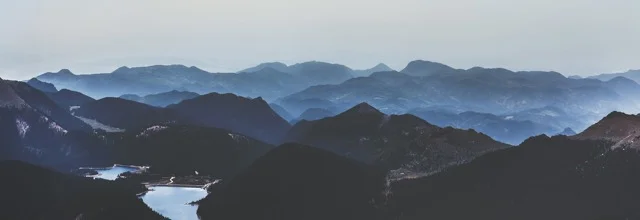LAND OF BUDDHAS
/Australian House & Garden
With its culture intact and its landscape dotted with spiritual monuments, Myanmar is perfect for the thoughtful traveller, writes Vanessa Walker.
Photography from Getty Images.
YANGON
It’s 6am and the air is sticky as locals flock to the 2500-year-old Shwedagon Pagoda. Corn cobs blacken over charcoal fires and girls sell frangipani garlands at the eastern entrance of this towering monument, which is as integral to the identity of the Bamar people as the Sydney Opera House is to Australians. After countless steps our group arrives at the base of the shimmering gold stupa. Among the pavilions and religious statuary, monks and nuns meditate, locals arrange offerings of flowers and families congregate on the marble floor. Prayers are recited here, assurances sought, and karma purified by circumambulating the stupa. Myanmar has recently opened to tourists after almost 50 years of military rule and I’ve joined Trafalgar’s inaugural 11-day Secrets of Myanmar tour. Shwedagon Pagoda is a well-chosen introduction to the strength of Buddhist faith in this country. From the pink-robed nuns collecting alms at Bogyoke market to monks sheltering from the sun beneath colourful parasols, the sangha are ubiquitous, as are the pagodas, large and small, new and historical, dotting the landscape in every direction.
BAGAN
From Yangon we travel to Bagan in central Myanmar, a dry plain studded with more than 2000 temples dating back to the 12th century. A stop at the dazzling Shwezigon Pagoda is followed by the frescoed Gu Byauk Gyi, each connected by a road bordered by toddy palms and sesame fields, along which we encounter as many ox-drawn carts as cars. The former capital is known for its lacquerware and we visit a workshop where horse hair and stripped bamboo are woven into concave shapes, then layers of dyed Gluta usitata tree resin applied until beautiful bowls are formed.
Every man is expected to spend two periods of his life in contemplation: once as a novice between the ages of 10 and 20, later as an ordained monk.
HEHO
From Bagan we fly to Heho in Shan state, the gateway to Lake Inle. At 1176m above sea level, Lake Inle is bursting with colour, thanks to the yellow-flowering neem tree and pink bougainvillea. Long-tailed boats ferry us across the 116m2 lake, past some of the 45 small towns and 16 villages that line its shore. Here, life is lived largely on the water. The Intha people tend to floating gardens heavy with tomatoes, cucumbers, gourds and pulses. They harvest seaweed for fertiliser and the fishermen, legs wrapped around oars, set and raise their fishing baskets against picturesque mountain scenery. We explore narrow tributaries lined by stilt houses.
LAKE INLE
At Lake Inle we visit Ywama market, once a floating market but now under shade in the village. Buddhas, jewellery, puppets, jade, fans and all manner of handcrafted trinkets are on sale. After some shopping we gather at a teak stilt house where we are shown how a stick of silver is beaten with a hammer on an anvil to become a rice-offering bowl. Young men spend their days soldering silver wire extruded from a machine into intricate necklaces sold in the market for about $5. An incredible afternoon is spent at Thahara Inle Heritage learning how to cook traditional Myanmar food with chefs from the Inle Heritage Hospitality School, a not-for-profit training centre that prepares locals for careers in hospitality. From the vegetable gardens to the on-site Burmese cat sanctuary; this is the kind of experience that makes it worth joining a guided tour. I wouldn’t have found Thahara without the guidance of our Trafalgar travel director, Nyein Moe.
Photograph by Alicia Taylor.
MANDALAY
In Mandalay, we stroll along the world’s longest teak bridge, the 1.2km U Bein, which crosses Taungthaman lake. A pedestrian bridge – albeit one that is missing a handrail – it is beautifully representative of the colourful lives of the Myanmarese, with men in longyi, women with their faces smeared in white thanakha paste, children on rickety bicycles and solitary monks strolling along its path. One of my favourite stops is the last remaining structure of the Royal Palace of King Mindon, Shwenandaw Monastery. This intricately carved teak building is one of the finest examples of traditional 19th-century wooden monastery buildings in the world and it’s alive with the thrum of faith and history. Just like Myanmar.
In Mandalay, a visit to Tha Kya Di Thar nunnery in Sagaing, where more than 150 nuns live, is on offer. Our group joins them for prayers in the temple, cooking over huge vats in the kitchen, and lining up for the lunch we have offered as part of the Trafalgar Cares initiative. We sit crossed-legged in the dining room among them, enjoying a delicious meal of laphet thoke or vermicelli, curry, salad and pickled tea leaf salad, a favourite national dish. For more, go to www.trafalgar.com.


